
Ipomoea carnea Jacq. 1760, commonly called Pink Morning Glory, Bush Morning Glory or Morning Glory Tree, is a big tropical shrub native to Central- and South America and the Caribbean Islands. The pink morning glory tree reaches heights up to about 5 meters and is considered as an invasive species, especially in USA and Egypt, Read More »
Read the full article…
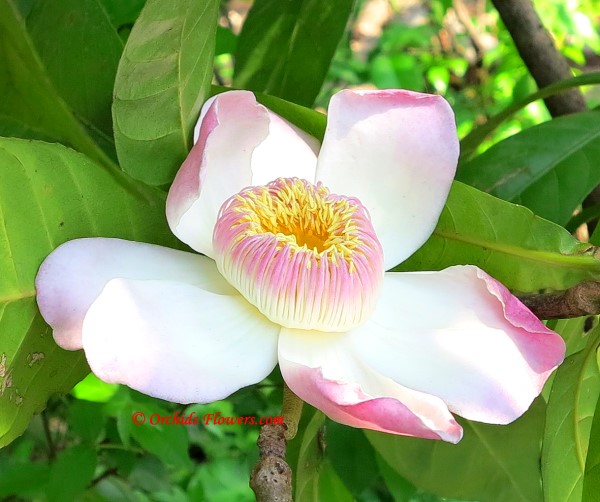
Gustavia gracillima Miers 1874, commonly called Heaven Lotus or Narrow-leaved Gustavia, is a small tropical tree or medium sized shrub, native to Colombia. Heaven Lotus trees reach heights of about 6 meters and are listed as endangered species with the IUCN Red List of Threatened Species. Flowers, which last just for one day, get a Read More »
Read the full article…

Neomarica caerulea (Ker Gawl.) Sprague 1928, commonly called Giant Walking Iris, Twelve Apostles, Apostle Plant or Brazilian Iris is a tropical plant from the Iris family (Iridaceae), native to Brazil. The name Twelve Apostels or Apostel Plant refers to the belief that the plant will not flower until it has at least 12 leaves. The Read More »
Read the full article…

Butea monosperma (Lam.) Taub. 1894, commonly called Flame of the Forest, Parrot Tree or Bastard Teak, is a tropical, deciduous tree native to the Indian Subcontinent and South-East Asia. The common name Flame of the Forest is a bit confusing, because there are a few tropical trees, as Flamboyant (Delonix regia), Yellow Poinciana (Peltophorum …
Read the full article…

Grevillea Moonlight, a cultivar or selected form of Grevillea whiteana McGill. 1986 (Mundubbera Grevillea), is an evergreen, woody shrub or small tree from the protea family Proteaceae, native to Australia. The Moonlight Grevillea shrub reaches heights up to about 5 meters and is a very popular garden plant in Australia. The creamy-white, strange-looking flowers of Read More »
Read the full article…

Tecomanthe hillii (F. Muell.) Steenis 1927, commonly called Pink Trumpet Vine or Fraser Island Creeper, is a tropical climber or liana, native to the Frazer Island, Eastern Queensland, Australia, the largest sand island in the world and a World Heritage site since 1992. The Pink Trumpet Vine (Tecomanthe hillii) belongs to the Bignonia family (Bignoniaceae) Read More »
Read the full article…

Tabebuia chrysantha (Jacq.) G. Nicholson 1887, commonly called Golden Goddess or Golden Trumpet Tree, is a deciduous, tropical tree, native to Central- and South America and the Caribbean Islands. The Golden Goddess tree reach heights up to about 12 meters and is cultivated nowadays in many tropical and subtropical countries around the world for its Read More »
Read the full article…
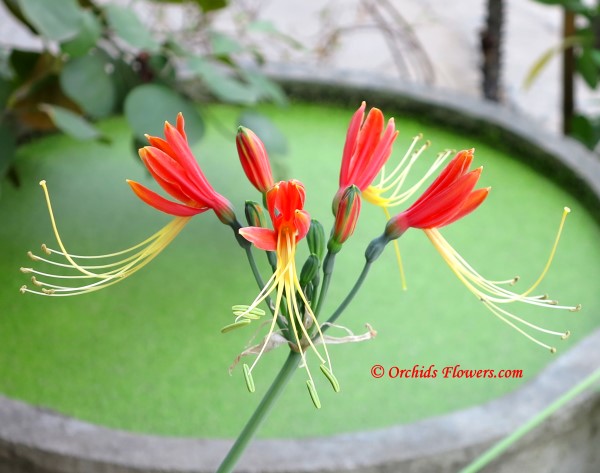
Eucrosia bicolor Ker Gawl. 1817, commonly called Peruvian Lily, is a perennial, tropical plant, native to Ecuador and Peru. The Peruvian Lily belongs to the Amaryllis family (Amaryllidaceae), its natural habitat are seasonally dry lowland areas. Eucrosia bicolor grows from bulbs, which get a size of about 4,5 cm across. There are 2 varieties known, Read More »
Read the full article…

Saraca thaipingensis Cantley ex King 1897, commonly called Yellow Ashok Tree, Yellow Saraca or Sorrowless Tree, is an evergreen, tropical tree, native to the Malay Peninsula. The Yellow Ashok Tree belongs to the legume family (Fabaceae) and reach heights up to about 8-10 meters. Flowers are born on old wood in big dense clusters, which Read More »
Read the full article…

Dombeya × cayeuxii André 1897, commonly called Pink Ball, Pink Snowball, Hydrangea Tree or Tropical Hydrangea, is a small tropical tree or a large shrub. Dombeyas are native to India, Eastern and Southern Africa and Madagascar. Dombeya x cayeuxii is often confused with Dombeya wallichii, as flowers look identical, but leaves of Dombeya wallichii are Read More »
Read the full article…
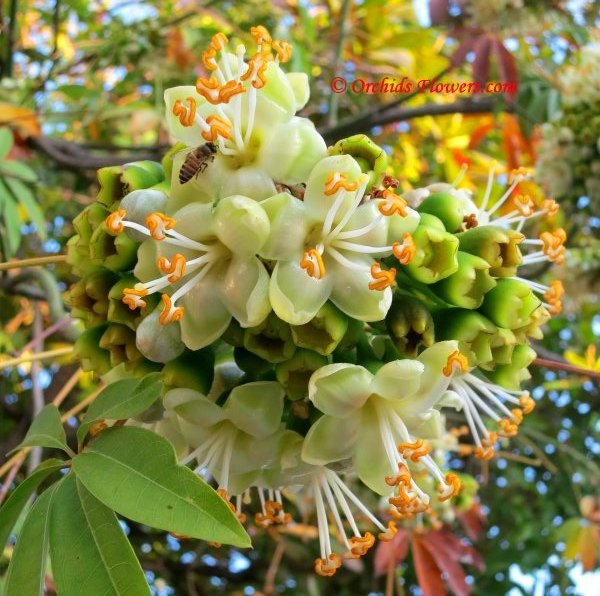
Ceiba pentandra (L.) Gaertn. 1791, commonly called Kapok Tree, Silk Cotton Tree, Java Cotton or Ceiba, is a big tropical tree, native to Central Amerika, the Caribbean Islands, Northern South America and West Africa. The Kapok tree, which reaches heights up to 70 meters is the official national tree of Guatemala. In the ancient mythology Read More »
Read the full article…

Hippeastrum reticulatum var. striatifolium (Herb.) Herb. 1837 is a bulbous plant belonging to the Amaryllis family (Amaryllidaceae), native to South Brazil. The tropical plants reach heights of about 50 cm. Flowers get a size of about 20 cm in diameter. Plants from the genus Hippeastrum are often called Amaryillis, which is not correct in the Read More »
Read the full article…

Jatropha podagrica Hook. 1848, commonly called Buddha Belly, Guatemala Rhubarb, Bottleplant Shrub, Tartogo, Gout Plant or Gout Stick, is a tropical, succulent plant, native to Guatemala, Honduras and Nicaragua. Jatropha podagrica, nowadays widely spread throughout tropical countries, is well-liked for its swollen belly, a large bottle-like caudex and can reach heigths up to about 60 Read More »
Read the full article…

Mimosa pigra L. 1755, commonly called Giant Sensitive Tree, Catclaw Mimosa or Shamebush is a woody, invasive shrub, native to tropical Amerika. Nowadays the giant sensitive tree is widespread throughout the tropics and is ranked in the Global Invasive Species Database among the 100 worst invasive species. Mimosa pigra shrubs are armed with up to Read More »
Read the full article…

Hoya compacta C. M. Burton 1990, commonly called Hindu Rope, is a tropical wax flower or porcellain flower plant, with unclear origin. Most likely the Hoya plant with its curled foliage is native to South China, like its close relative Hoya carnosa. Hindu Rope (Hoya compacta) has thick, flexible shoots which can be bend to Read More »
Read the full article…















 Lemonia (Ravenia spectabilis)
Lemonia (Ravenia spectabilis) Bulbophyllum orectopetalum
Bulbophyllum orectopetalum Phalaenopsis cornu-cervi Blume & Rchb. f. 1860
Phalaenopsis cornu-cervi Blume & Rchb. f. 1860 Epidendrum ciliare (Coilostylis ciliaris)
Epidendrum ciliare (Coilostylis ciliaris) Man of the Earth (Ipomoea pandurata)
Man of the Earth (Ipomoea pandurata) Dendrobium infundibulum Lindl.1859
Dendrobium infundibulum Lindl.1859 Paphiopedilum insigne
Paphiopedilum insigne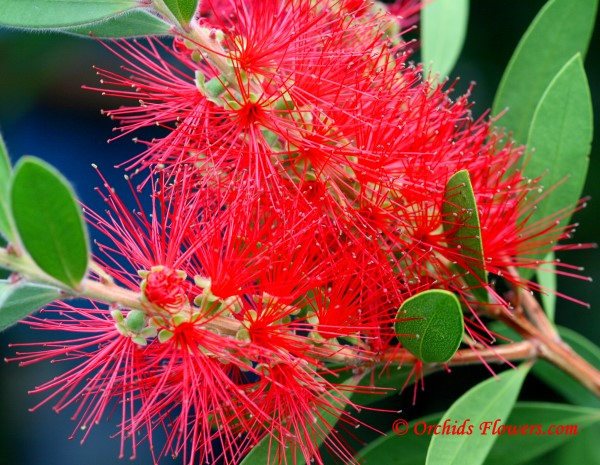 Crimson Bottlebrush (Callistemon citrinus)
Crimson Bottlebrush (Callistemon citrinus) Phalaenopsis Golden Beauty
Phalaenopsis Golden Beauty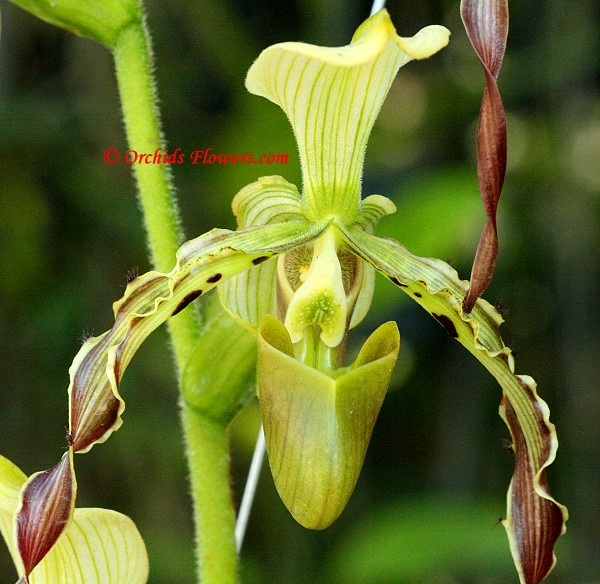 Paphiopedilum parishii
Paphiopedilum parishii Hoya megalaster
Hoya megalaster Vandachostylis Thai Sky
Vandachostylis Thai Sky Phalaenopsis violacea fo. coerulea Christenson
Phalaenopsis violacea fo. coerulea Christenson Oceanblue Morning Glory (Ipomoea indica)
Oceanblue Morning Glory (Ipomoea indica) Buddha’s Lamp (Mussaenda philippica var. aurorae)
Buddha’s Lamp (Mussaenda philippica var. aurorae)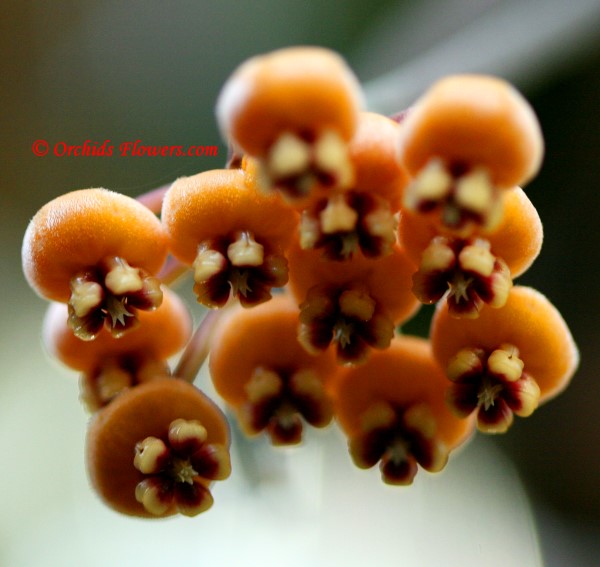 Hoya waymaniae Kloppenb.1995
Hoya waymaniae Kloppenb.1995 Brassia Eternal Wind “Summer Dream”
Brassia Eternal Wind “Summer Dream” Phalaenopsis × valentinii
Phalaenopsis × valentinii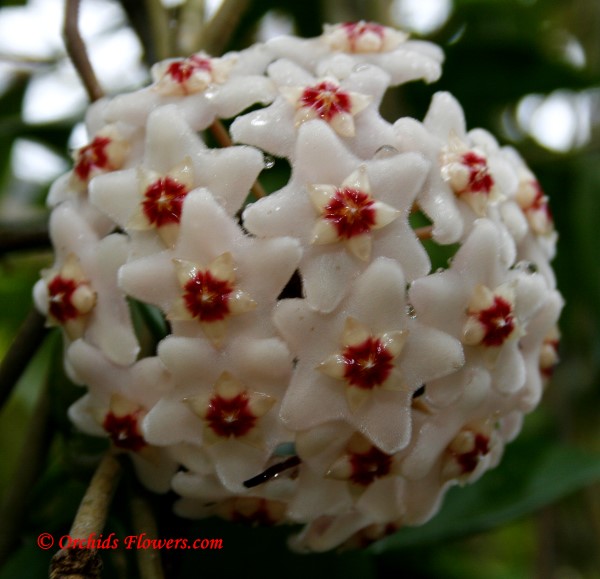 Hoya carnosa white
Hoya carnosa white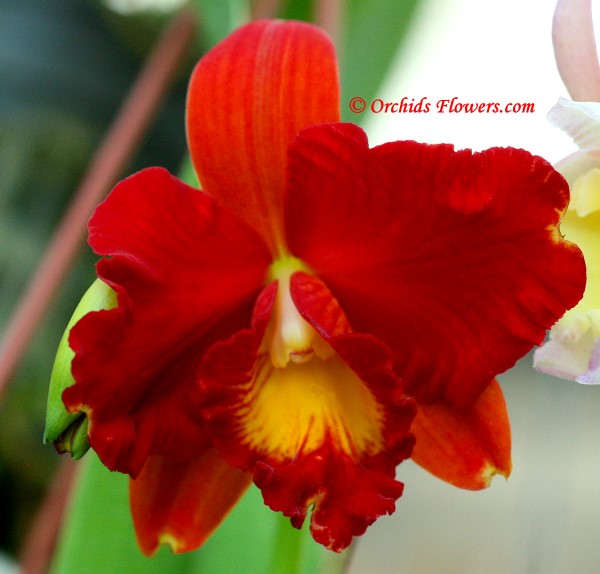 Cattleya Tainan City
Cattleya Tainan City


 Hoya macgillivrayi F. M. Bailey 1914
Hoya macgillivrayi F. M. Bailey 1914 Monkey Flower Tree (Phyllocarpus septentrionalis)
Monkey Flower Tree (Phyllocarpus septentrionalis) Bulbophyllum sikkimense (Cirrhopetalum sikkimense)
Bulbophyllum sikkimense (Cirrhopetalum sikkimense) Spathoglottis Citrus Cooler Sorbet
Spathoglottis Citrus Cooler Sorbet